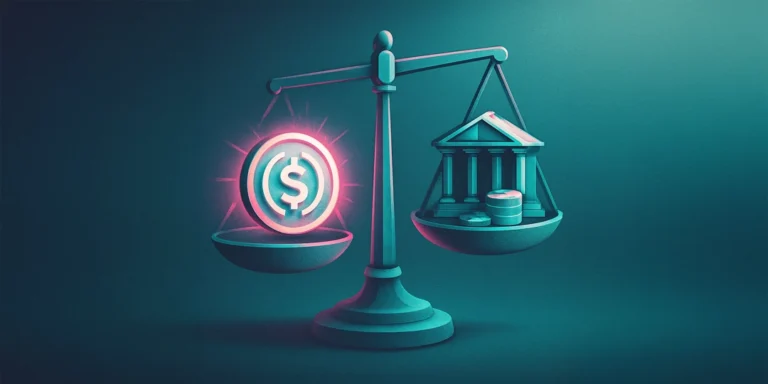On June 11, the GENIUS Act, “Guiding and Establishing National Innovation for U.S. Stablecoins Act” of 2025, which focuses on consumer protection, market stability, and federal oversight, passed the floor with bipartisan support. The Congress voted in favor (68-30) of the act, which seeks to formulate stablecoins into a regulatory framework.
The act is now at the final stage and has to clear one more poll before it will be passed into law this week. Once the act is passed into law, it will allow stablecoins that are usually pegged to fiat currency—the US Dollar, Gold, and other precious metals– to be pegged to Treasury bills or T-bills.
What are Treasury Bills?
The treasury bills are government bonds with short-term maturity (1-364 days). Upon reaching maturity, the government will pay the principal value and the yield and buy back the bill. This is a technique used by governments to borrow money for the short term.
At this pivotal stage, where the US and world await the results of the final poll for the act, many analysts think that the act, if it becomes a law, might change the market dynamics not only in the crypto market but in a broader sense could change.
What the analysts say?
When the proponents of the bills are optimistic that once the regulatory framework is set, it will fuel stablecoin activity, support a growing sector of buyers of short-term U.S. government debt, or treasury bills (T-bills), others worry that this new and volatile industry might spill its volatility over to the broader bills market.
“In the event of a sudden loss of confidence, regulatory pressure, or market rumors, this could trigger large-scale liquidations, potentially depressing Treasury prices and disrupting fixed-income markets,” said Cristiano Ventricelli, vice president and senior analyst of digital assets at Moody’s Ratings.
Standard Chartered stated that the stablecoin market, currently about $247 billion according to crypto data provider CoinGecko, may grow to $2 trillion by 2028 if legislation were to pass.
Stablecoin market growth at the expense of bank deposit could be fatal
However, this exponential growth may not come without red flags. According to a study conducted by the Treasury Borrowing Advisory Committee, a group of banks and investors that advise the government on its funding, the “growth of the stablecoin market at the expense of bank deposits could reduce banks’ demand for U.S. Treasuries, as well as have an impact on credit growth.”
If the stablecoin market is to grow, it means that stablecoin issuers like Circle and Tether may need to acquire more tokens. JP Morgan analysts estimated that stablecoin issuers could become the third-largest buyer of Treasury bills in the coming years.
However, “If (stablecoin issuers) have to move those Treasuries quickly, or the market demands that, it could create some credit crunches there,” said Mark Hays, associate director for cryptocurrency and financial technology at Americans for Financial Reform.
What will happen to stablecoin yields?
The bond yields that are pegged to stablecoins behave like any other security. Usually, when the demand for a security increases, its price goes up. In the bond market, the price and the yield of the bond depend on the investors’ demand and the amount of bonds that the borrower is willing to supply. When the demand goes up, the price will go up (given the other factors remain unchanged). However, the yield will drop.













